Downtown
What to see, what to do
(see map )
The skyscrapers of Montrals Downtown (Centre-Ville) 

 give the city a typically North American look; but unlike most other cities on the continent, a certain European spirit seeps in between the towering buildings, livening up this part of Montral both day and night. Bars, cafs, department stores, shops and head offices, along with two universities (Concordia and McGill) and numerous colleges, all lie clustered within a relatively small area at the foot of Mount Royal.
give the city a typically North American look; but unlike most other cities on the continent, a certain European spirit seeps in between the towering buildings, livening up this part of Montral both day and night. Bars, cafs, department stores, shops and head offices, along with two universities (Concordia and McGill) and numerous colleges, all lie clustered within a relatively small area at the foot of Mount Royal.
_fmt.jpeg)
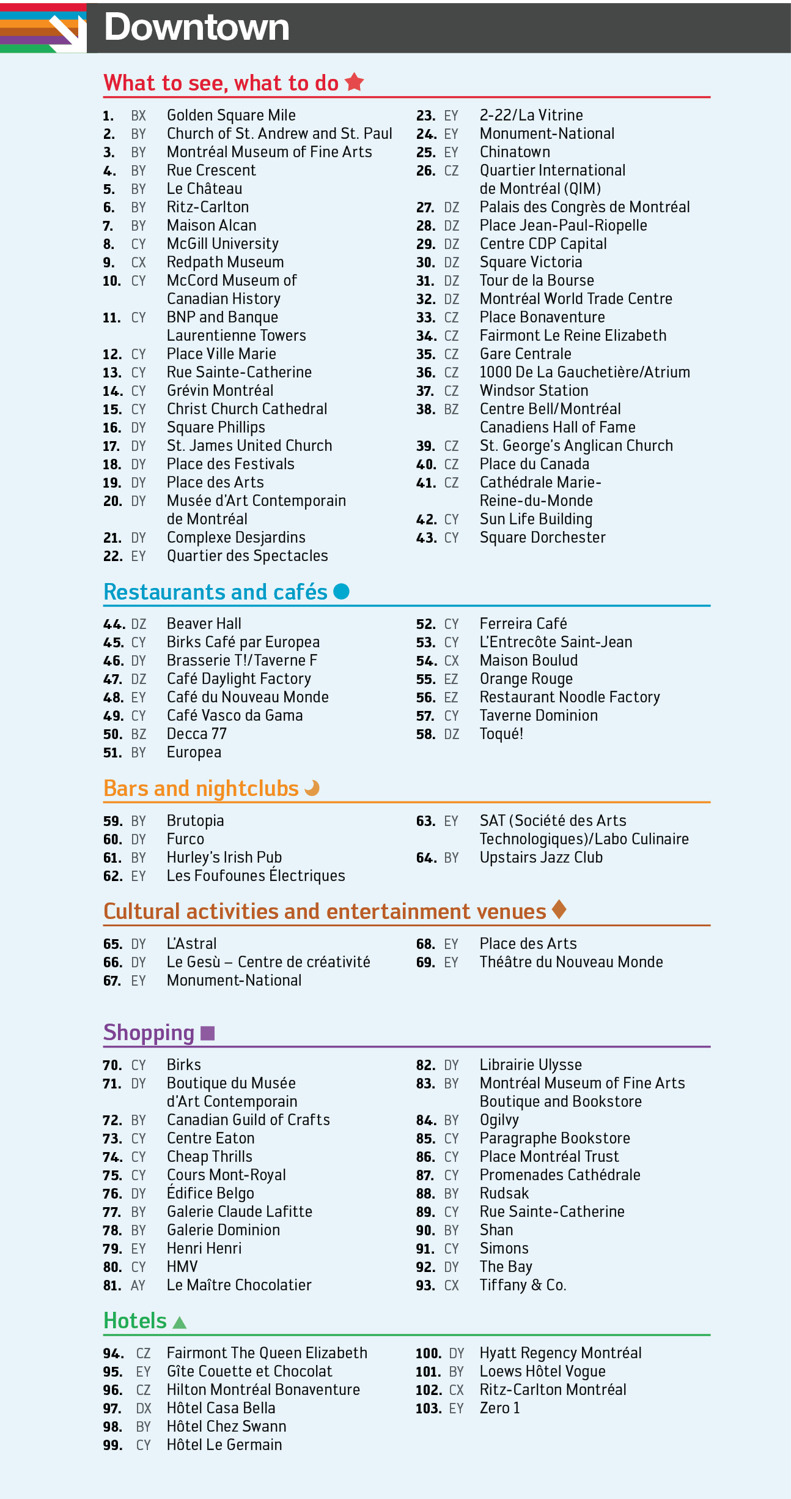
This tour kicks off at the far end of downtown, at Rue Redpath and Rue Sherbrooke Ouest (Guy-Concordia metro).
Golden Square Mile 
 [1]
[1]
At the beginning of the 20th century, Montrals central business district gradually shifted from the old city to what was up until then a posh residential neighbourhood known as the Golden Square Mile. At its height, around the turn of the 20th century, this neighbourhoods chiefly Scottish residents held 70% of Canadas total wealth. Only a few houses from this era remain, most of them concentrated north of Rue Sherbrooke, the Golden Square Miles main street.
Church of St. Andrew
and St. Paul 
 [2]
[2]
3415 Rue Redpath, corner Rue Sherbrooke Ouest; Guy-Concordia metro
The lovely presbyterian Church of St. Andrew and St. Paul was one of the most important institutions of the Scottish elite in Montral. The stone interior is graced with magnificent commemorative stained-glass windows.
Montral Museum of Fine Arts (Muse des Beaux-Arts de Montral) 

 [3]
[3]
permanent collection $12 (free under age 30, on Thu over age 65, and last Sun of the month), temporary exhibitions $20 (includes permanent collection), half-price Wed 5pm to 9pm; Tue-Fri 11am to 5pm, Wed until 9pm for temporary exhibitions, Sat and Sun 10am to 5pm; 1380 Rue Sherbrooke Ouest, 514-285-2000 or
800-899-6873, www.mbam.qc.ca ;
Guy-Concordia metro or bus no. 24
The Montral Museum of Fine Arts is the oldest and largest museum in Qubec. It houses a variety of collections that illustrate the evolution of the fine arts from antiquity to the present day. The Qubec and Canadian art collection is the pride of the museum, which also hosts world-class temporary exhibitions. There are also two restaurants and a gift shop.

Jean-Nol Desmarais Pavilion at the Montral Museum of Fine Arts.
MBAM, Christine Guest
You can turn down Rue Crescent or continue along Rue Sherbrooke to the subsequent sights.
Rue Crescent  [4]
[4]
Guy-Concordia metro
To the north of Boulevard De Maisonneuve, the street is lined with old row houses, which now accommodate antique shops and luxury boutiques, while to the south, it is crowded with night clubs, restaurants and bars, most with sunny patios lining the sidewalks. For many years, Rue Crescent was known as the English counterpart of Rue Saint-Denis. Though it is still a favourite among American visitors, its clientele is more diversified now.
Le Chteau  [5]
[5]
1321 Rue Sherbrooke Ouest; Guy-Concordia or Peel metro
A symbol of its era, this handsome Chteau-style building was erected in 1925 for French-Canadian businessman Pamphile du Tremblay, owner of the French-language newspaper La Presse . Architects Ross and Macdonald designed what was at the time the largest apartment building in Canada.
Ritz-Carlton  [6]
[6]
1228 Rue Sherbrooke Ouest; Guy-Concordia or Peel metro
The last of Montrals grand old hotels, the Ritz-Carlton was inaugurated in 1911 by Csar Ritz himself. For many years it was the favourite gathering place of the Montral bourgeoisie. Many celebrities have stayed at this sophisticated luxury hotel over the years. After lengthy renovation and expansion, the hotel reopened in 2012 to celebrate its 100th anniversary, and its refined luxury is second to none once more. The building is also home to the restaurant Maison Boulud (see ).
Continue along Rue Sherbrooke to the entrance of Maison Alcan.
Maison Alcan  [7]
[7]
1188 Rue Sherbrooke Ouest; Peel metro
The head office of the Alcan aluminum company is a fine example of historical preservation and inventive urban restructuring. Five buildings along Rue Sherbrooke have been carefully restored, joined in the back with an atrium and linked to a modern aluminum building.
Enter the atrium through the Maison Alcan entrance, then exit onto Rue Stanley. Return to Rue Sherbrooke and continue east.
McGill University 
 [8]
[8]
805 Rue Sherbrooke Ouest, www.mcgill.ca ; McGill metro
The oldest of Montrals four universities was founded in 1821, thanks to a donation by fur-trader James McGill. The main campus lies nestled in greenery at the foot of Mount Royal; the main entrance is located at the northernmost end of Avenue McGill College. On the right are two Romanesque Revival buildings designed by Sir Andrew Taylor to house the physics (1893) and chemistry (1896) departments. A little farther along, visitors will see the Macdonald Engineering Building, a fine example of the English baroque-revival style. At the end of the drive stands the oldest building on campus, the Arts Building (1839). It houses Moyse Hall, a lovely theatre dating back to 1926. South of the Redpath Museum (see below), visitors will see the central library and Redpath Hall, equipped with a French-style mechanical organ. Notice the gargoyles and lavishly sculpted columns of the library, one of the most sophisticated examples of the Romanesque Revival style in Canada.
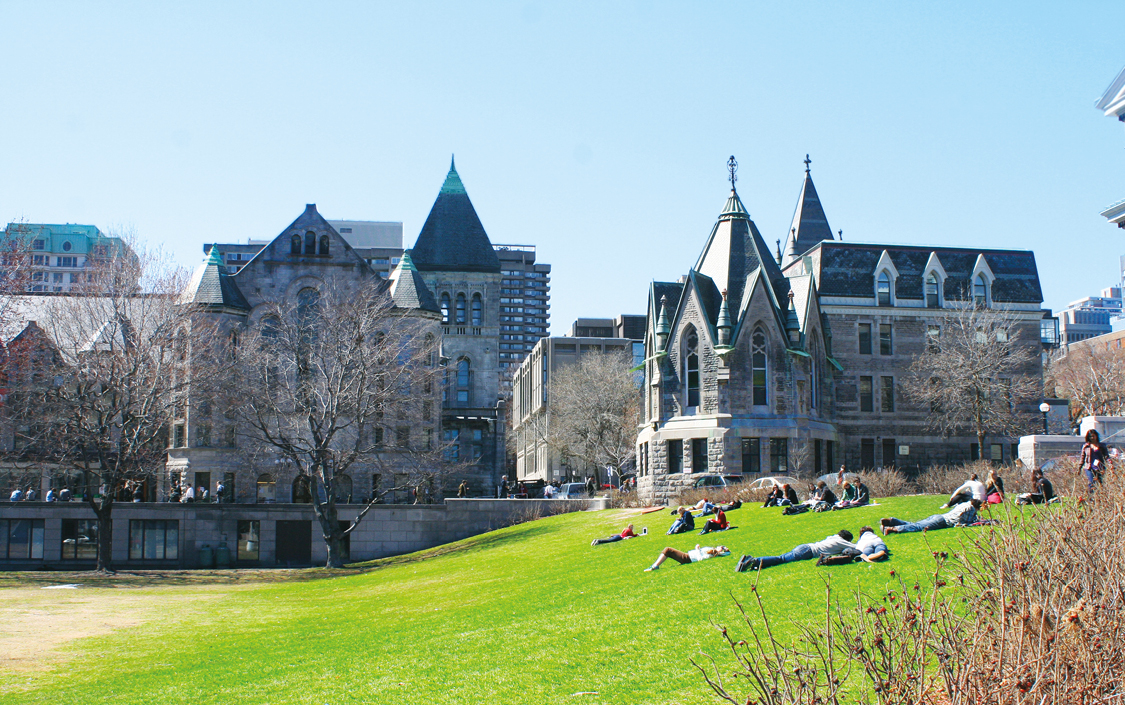
McGill University campus.
Dreamstime.com/Martine Oger
Redpath Museum [9]
suggested contribution: $5; Mon-Fri 9am to 5pm, Sun 11am to 5pm; 859 Rue Sherbrooke Ouest, 514-398-4092, www.mcgill.ca/redpath ;
Next page
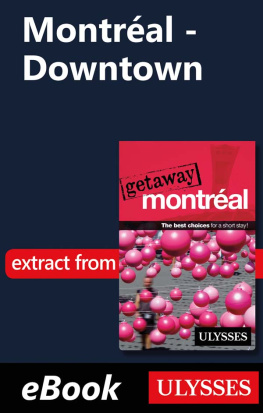

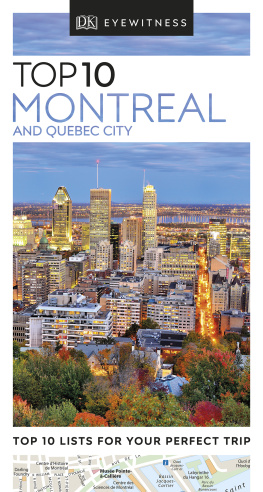
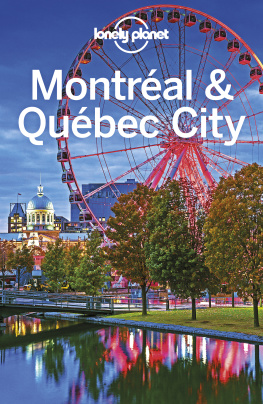
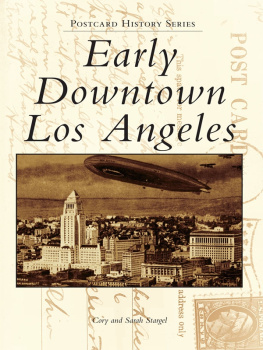
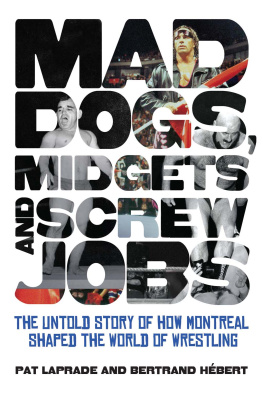

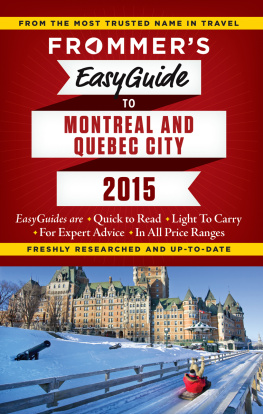
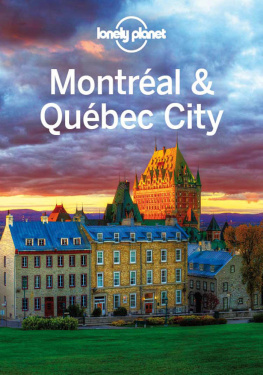
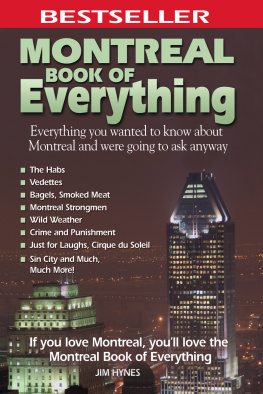
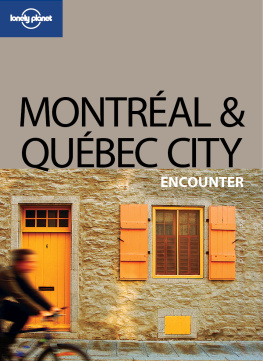

_fmt.jpeg)


